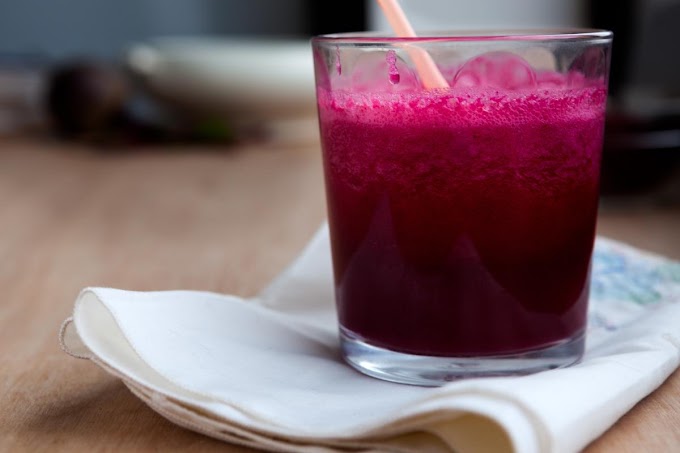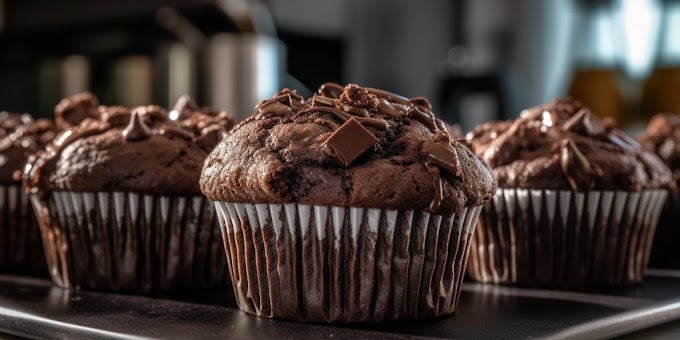Why Cook a Frozen Roast?
In an ideal world, you would plan ahead, thaw your roast overnight in the fridge, and have it ready to cook the next day. But life gets busy, and sometimes, thawing meat just isn’t feasible. This is where cooking a frozen roast directly from the freezer becomes a practical solution. The great thing about cooking a frozen roast is that it eliminates the need for defrosting and gets dinner on the table faster.
Cooking a roast from frozen also ensures that the meat stays juicy, as the gradual increase in temperature from the oven keeps the juices locked inside. There’s less chance of drying out the roast compared to thawing and cooking. You’ll also enjoy the benefit of added convenience, as you don’t have to worry about harmful bacteria growth during the thawing process.
Step-by-Step Guide to Cooking a Frozen Roast in the Oven
1. Choose the Right Cut
Not all cuts of meat are ideal for cooking from a frozen state. Larger, tougher cuts like beef chuck roast, pork shoulder, or lamb leg tend to work best. These cuts have enough fat and connective tissue to break down and become tender over the longer cooking time required for frozen meat. Avoid cooking lean cuts like tenderloin or sirloin from frozen, as they can dry out easily.
2. Preheat the Oven
Before you place your frozen roast in the oven, it’s essential to preheat the oven to the correct temperature. Set your oven to 325°F (163°C). Cooking at a lower temperature allows the roast to thaw and cook evenly without burning the outside. It’s important to use a low and slow cooking method when dealing with frozen meat to avoid overcooking the exterior while the interior remains undercooked.
3. Prepare the Roast
While your oven is preheating, prepare your frozen roast for the cooking process:
Season the Roast: Even though the roast is frozen, you can still season it with your favorite spices. Simply rub salt, pepper, garlic powder, and any other desired seasonings onto the surface of the frozen meat. You might need to press the spices into the meat to make them adhere.
Add Aromatics: To enhance the flavor of the roast, place chopped onions, garlic, carrots, and herbs such as rosemary or thyme into the roasting pan. These aromatics will help flavor the meat and create a delicious sauce or gravy.
Add Liquid: To prevent the roast from drying out during the long cooking process, pour some liquid into the roasting pan. This could be beef or chicken broth, wine, or water. The liquid helps to create steam, which keeps the roast moist. You should add about 1 to 2 cups of liquid depending on the size of the roast.
4. Place the Roast in the Oven
Once your oven has reached the desired temperature, it’s time to place your prepared frozen roast in the oven. Make sure to use a roasting pan with a rack, if possible, to elevate the roast and allow air to circulate around it. This ensures even cooking. Cover the roast loosely with aluminum foil to trap in the heat and moisture, creating a tenderizing effect.
5. Cooking Time and Temperature
One of the most important factors when cooking a frozen roast is adjusting the cooking time. Frozen meat will take approximately 50% longer to cook than thawed meat. For example, if a thawed roast takes 2 hours to cook, a frozen one will need about 3 hours.
As a general rule, you should allow:
30 to 35 minutes per pound for a frozen roast cooked at 325°F (163°C).
For a 3-pound roast, you’re looking at a total cooking time of about 2.5 to 3 hours. For a larger, 5-pound roast, expect a cooking time of around 4 to 5 hours.
6. Check the Internal Temperature
To ensure that your roast is cooked to a safe and delicious temperature, use a meat thermometer to check the internal temperature. Insert the thermometer into the thickest part of the meat, avoiding any bones. For beef and pork, the internal temperature should reach at least 145°F (63°C) for medium doneness. If you prefer well-done meat, aim for 160°F (71°C).
For lamb, the USDA recommends an internal temperature of 145°F (63°C) for medium-rare or 160°F (71°C) for medium. Always allow the meat to rest for at least 3 minutes after removing it from the oven, as this helps redistribute the juices.
7. Resting the Roast
Once your roast has reached the desired internal temperature, remove it from the oven and let it rest for 10 to 15 minutes before carving. Resting allows the juices to settle into the meat, ensuring a juicy and flavorful roast. Cover the roast with aluminum foil to keep it warm during this resting period.
8. Carve and Serve
After resting, carve your roast into slices using a sharp carving knife. Serve with your favorite side dishes, such as mashed potatoes, roasted vegetables, or a fresh salad. Don’t forget to use the drippings from the roasting pan to make a delicious gravy. Simply strain the juices and reduce them in a saucepan for a rich and flavorful sauce.
Tips for Perfecting Your Frozen Roast
Use a Meat Thermometer: A meat thermometer is your best friend when cooking a frozen roast. It helps you monitor the internal temperature and prevents overcooking or undercooking.
Cover the Roast: Covering the roast with foil during the initial cooking stage traps in heat and moisture. For the last 30 minutes of cooking, you can remove the foil to allow the outside to brown and form a crust.
Don’t Rush: Cooking frozen meat requires patience. Cooking at too high a temperature can result in an overcooked exterior and a tough, chewy texture.
Add Flavor: Don’t forget to add herbs, spices, and aromatics to the roasting pan to enhance the flavor of your roast. You can also experiment with different liquids such as wine, beer, or apple cider to create unique and rich flavors.
Conclusion
Cooking a frozen roast in the oven is a straightforward process, but it does require some planning and attention to detail. By following these steps, you can ensure that your roast turns out tender, juicy, and packed with flavor. Whether you’re preparing a beef chuck roast, pork shoulder, or leg of lamb, the key is slow, even cooking at a low temperature. The next time you forget to defrost your roast, don’t worry! Just follow this guide and enjoy a delicious meal with minimal fuss.








Social Plugin